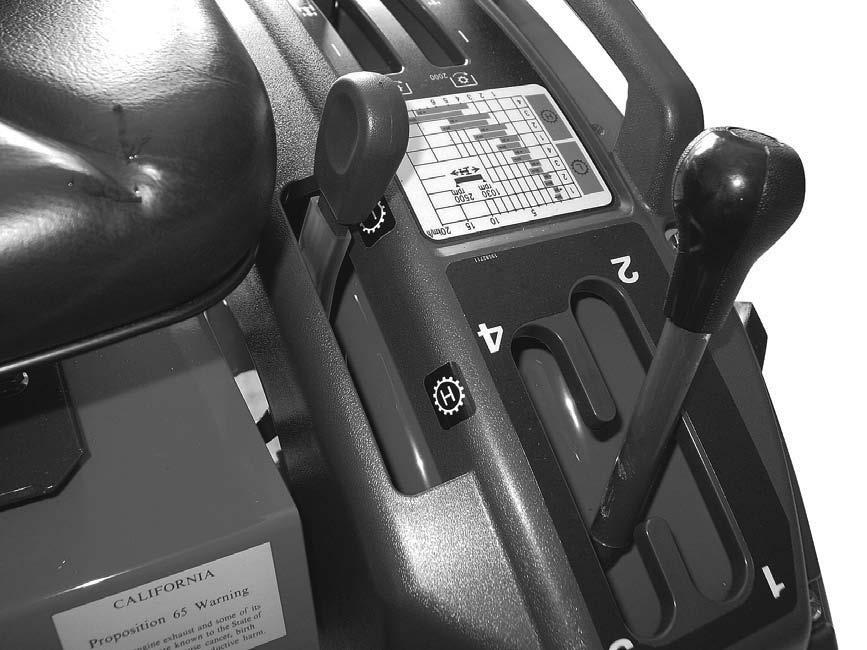
2 minute read
NORMAL STARTING PROCEDURE
IMPORTANT: It is very important that enough lubricant reaches the engine parts before operating the engine at rated speed.
Operate controls only when seated in the operators seat.
Engine can start with transmission in gear when neutral or safety start switch is by-passed:
1. Do not connect across terminals on starter.
2. Attach a booster battery by connecting the positive terminal of the booster battery to the "positive terminal" provided or to the positive terminal of the machine battery. Connect the negative terminal of the booster battery to the chassis of the machine. Then use recommended starting procedures from operators seat.
3. When necessary, repair electrical system components promptly so that "jump starting" will not be attempted.
Machine run-away can cause injury or death to operator and bystanders.
Neutral Position
Put the gear shift lever in the Neutral position (Gear Drive) or the Speed Lock Lever to be released (Hydrostatic Drive).
Before starting the engine, be sure all operating controls are in neutral or park lock position. This will eliminate accidental movement of the machine or start up of power driven equipment.
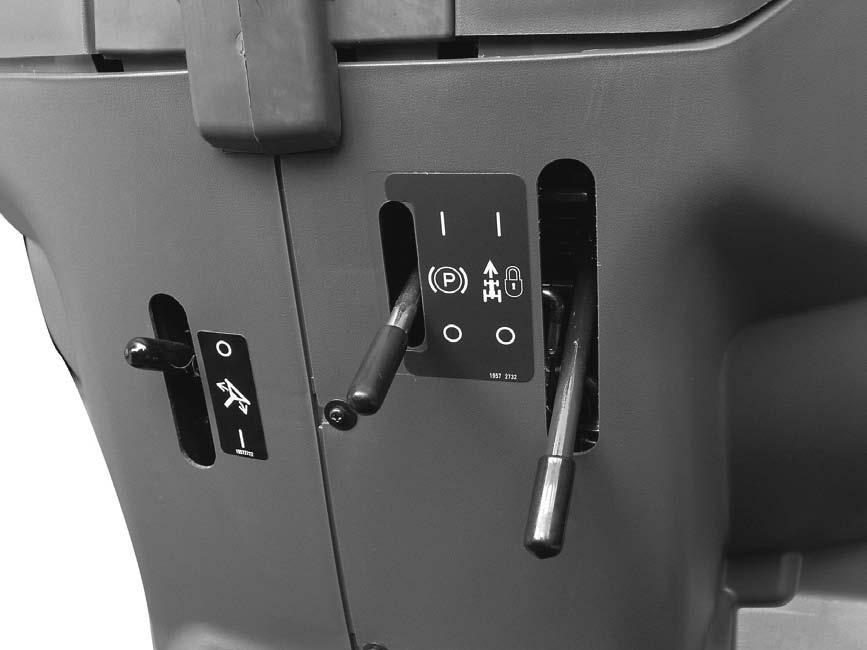
Step 2
Step 5
Step 4
HST control pedal in the N position (Engine start) (Hydrostatic Drive)
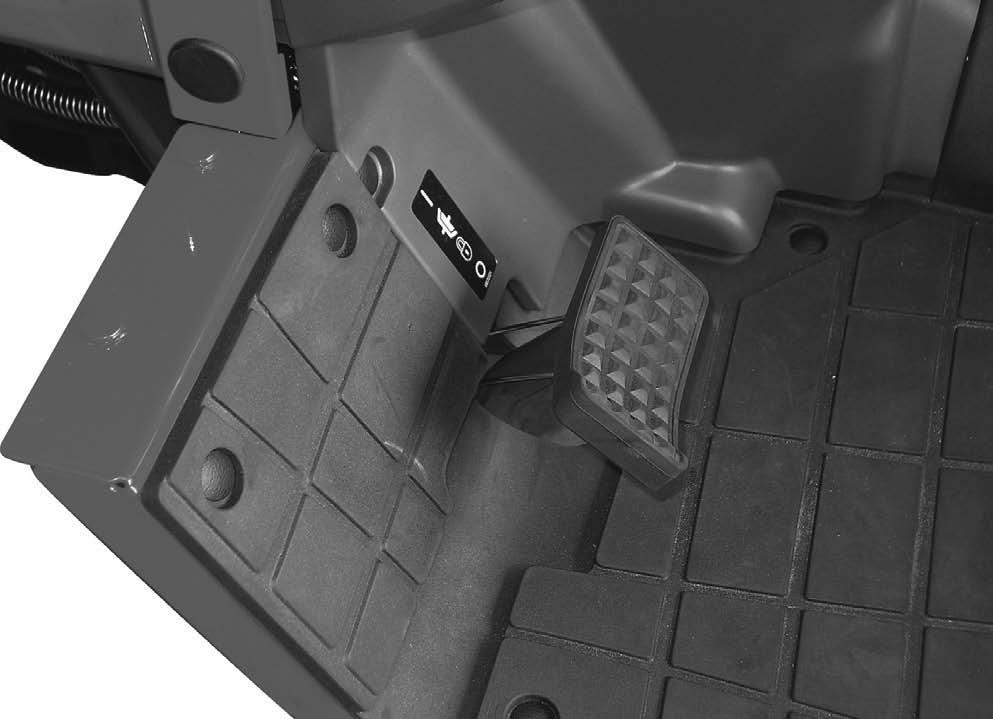
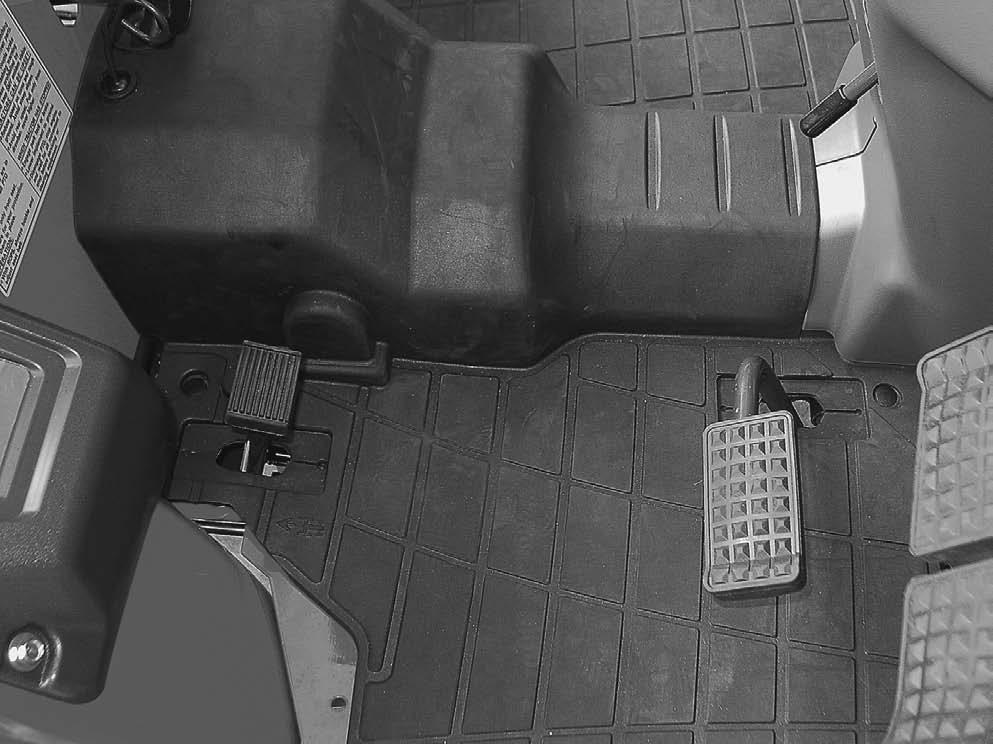
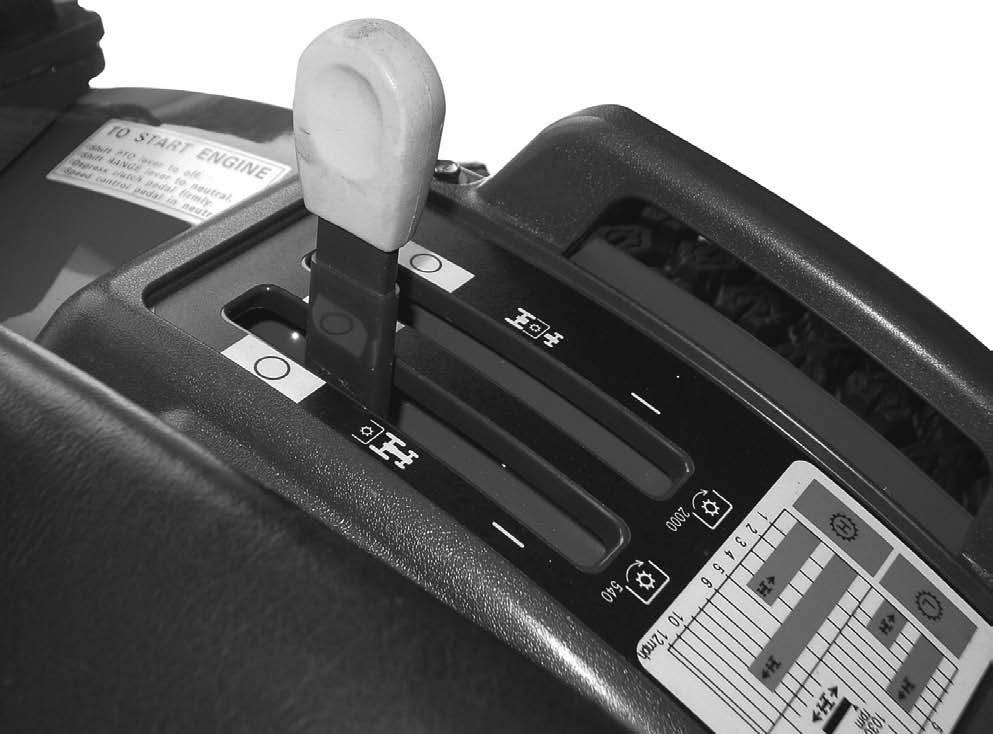
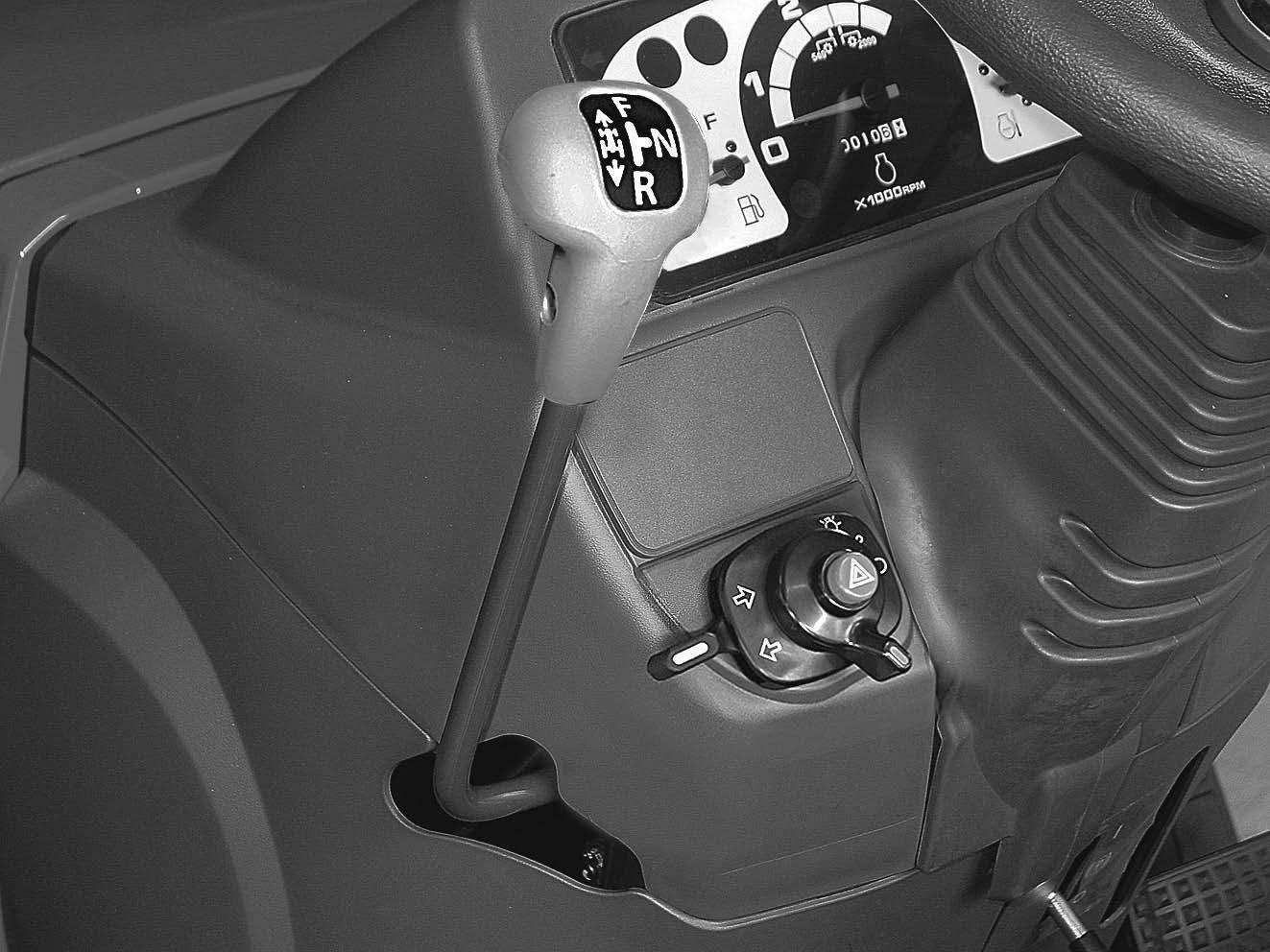
Turn the starter key switch to the heat & ON position.
Wait until the glow plug indicator lamp is put out.
Turn key switch to start position until engine starts, but no more than 10 seconds, then release the key. Run engine for two minutes at 1500 RPM.
NOTE: ENGINE GLOW PLUG blinks for 30 seconds after the engine starts.
Step 9
When the engine starts, check the oil pressure indicator, If the indicator stays on, stop the engine and find out what is wrong.
NOTE: If the oil pressure indicator stays on after the engine starts, stop the engine and check the oil level in the crankcase. Add oil if necessary. Start the engine, if the indicator is still on, do not operate the engine. Operating the engine without oil pressure will damage engine bearings and other engine parts. See your dealer.
IMPORTANT:
1. If the engine starts and then stops, wait for the starting motor to stop turning before you turn the key switch to START position again.
2. Do not use the starter motor for more than 10 seconds without stopping. Wait one minute between starts so the starter motor can cool.
3. If engine stops when operating with a load, immediately start the engine again to prevent overheating caused by stopping the flow of oil for cooling and lubrication.
4. If the charge indicator comes on during operation, determine and correct the cause to avoid complete discharge of the battery and possible damage to other components of the electrical system. See your Dealer.
5. If the coolant temperature indicator comes on, remove the load and allow the engine to run at 1500 rpm until the indicator goes out. If the indicator does not go out within one minute, stop the engine and determine the cause.
IMPORTANT: Hydrostatic transmission can jump into gear without warning, if the fluid leaks out of the control system. This can occur due to vibration if the tractor is transported on a truck or rail car. It can also happen if the transmission is drained or if the tractor sit still for very long periods. If any of these have happened, start the tractor as follows:
1. Put the range shift lever into the N (Neutral) position and release the speed lock lever to permit the speed ratio control pedal to return to N (Neutral) position.
2. Lock the brake pedals together, press down on the brake pedals.
3. Pull the engine speed control lever and start the engine. Set the engine speed to about 1000 RPM.
4. Slowly move the range shift lever to H range for high speed engagement.
If gear clash is obvious, the engine should be shut off immediately and the tractor unloaded by other means. Tow the tractor with the range shift lever in N (Neutral) to an area where the transmission can be checked by your Dealer. Refer to Towing the Tractor in this manual. (P47)
If there is no obvious gear clash, drive the tractor in the normal manner.










